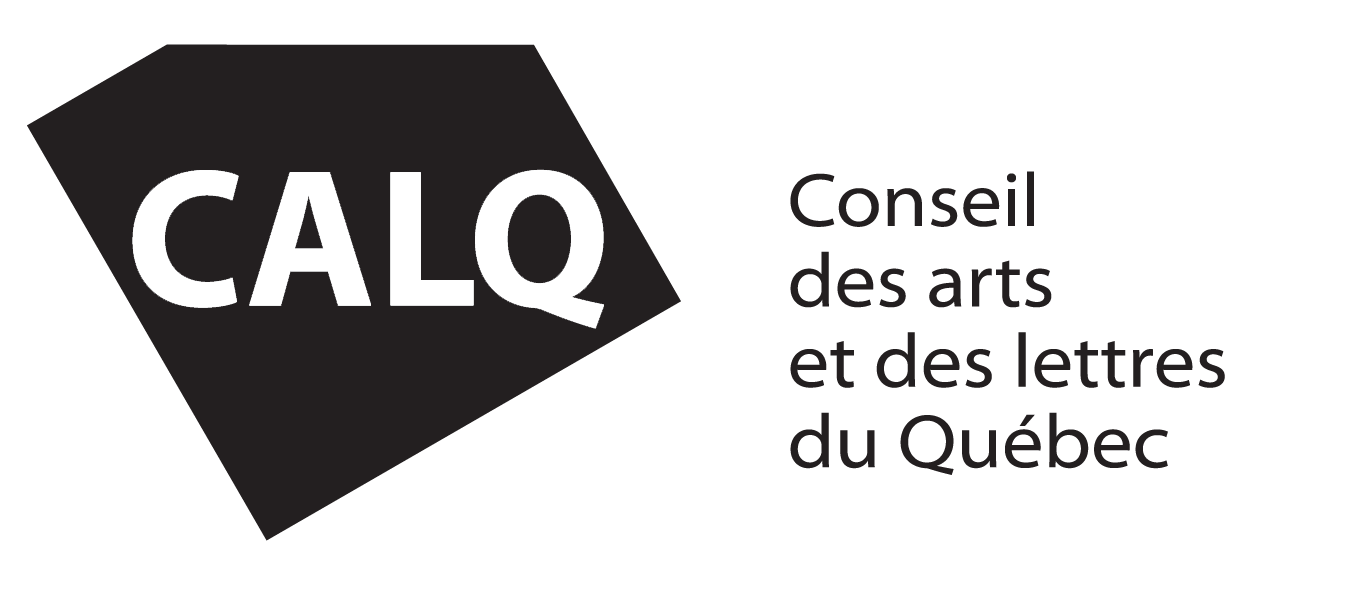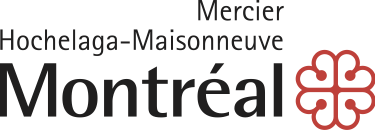The title of this event, La tentation du hasard, and more specifically its subtitle, “Toute pensée émet un coup de dés”, Stéphane Mallarmé, 1897, seemed to be made to measure for Guido Molinari. The Foundation therefore readily accepted the invitation of the Executive and Artistic Director of the Biennale, Claude Gosselin, to take part. The large room on the ground floor, open to the public for the first time, presented two significant groups of works from the beginning and the end of the artist’s career. Here follows an extract from the official brochure of the Biennale:
Molinari and Chance (in Two Phases)
In the Spring of 2003, Molinari, hosted by René Blouin, had presented his reinterpretation of a work that had always haunted him: the book-poem Un coup de dés jamais n’abolira le hasard, akin to Mallarmé’s last will and testament, and a founding score of the modern age. For Molinari also, this chromatic frieze, a book projected in space – a dream the poet had always had – would stand as a last will and testament: both creators were to die a few months after the completion of their respective works. Today, this last polyptic remains a roadmap for Mallarmé’s poem and vice versa, drawing the visitor to look at the pervasive music that emanates from each of them.
In the 1950s, a youthful Molinari was struggling with a certain degree of mistrust towards the automatist painters, whom he found to be excessively rational in the execution of their works. He had decided to paint, in complete darkness, canvases that would become unpredictable and arbitrary objects, and thus true automatist works. Bernard Tesseydre, with his usual wisdom, would later write: “Given that censorship requires that the work be seen while it is in progress, one must paint without seeing and then accept, without any possibility of retouching, the emergence of the unpredictable.”
– Gilles Daigneault






